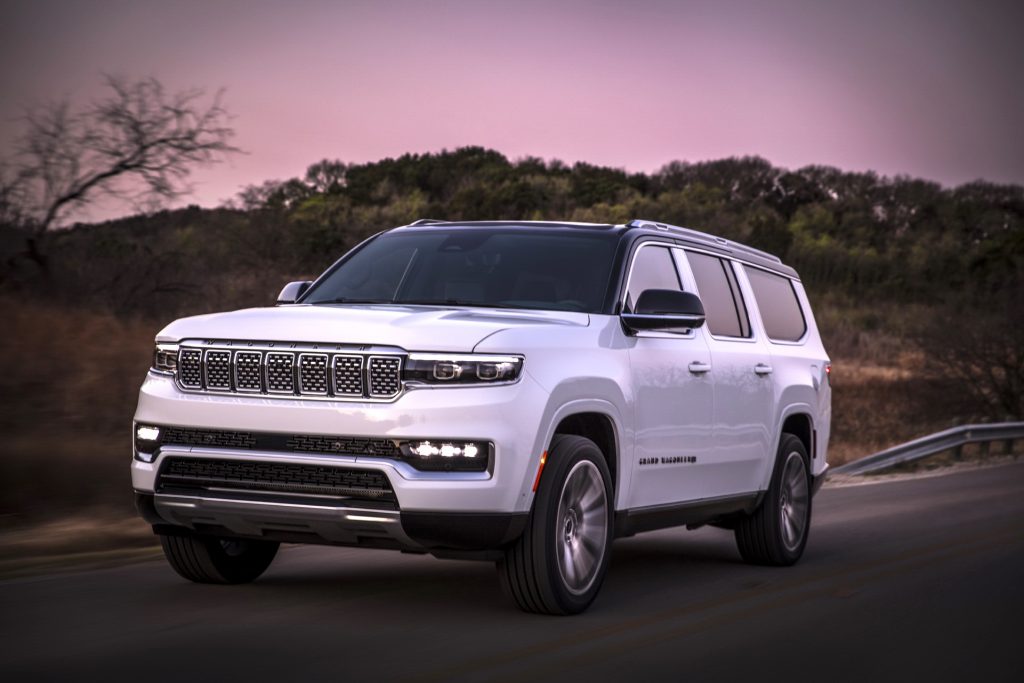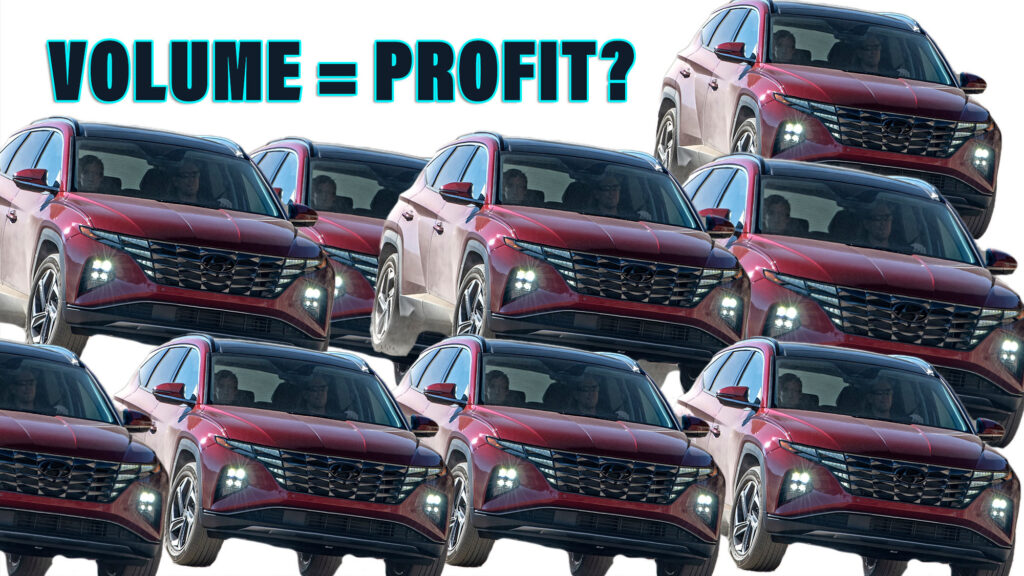Wanna make more money for your car brand? Make (and sell) more cars. That seems pretty obvious advice, but it might not be the best advice. While some automakers clearly believe that growing market share really is the way to grow their bank balances, others take a different tack, focusing on making cars with big profit margins.
That comparison is made by Brian Finkelmeyer, an industry analyst at Cox Automotive, who contrasts the fortunes of the Hyundai Group of companies with Stellantis, two organizations with opposing strategies.
Finkelmeyer likens Hyundai (including Kia and Genesis) to GM in the 1960s when The General’s brands collectively held a 50 percent market share thanks to smart application of platform and engineering sharing principles. Obviously Hyundai doesn’t have close to that kind of market share, but it is growing its share and has posted an 11 percent sales increase since 2019. Prior to the pandemic Stellantis was outselling Hyundai Motor Group by more than 55,000 units per month, but now the tables have turned and Hyundai has outsold Stellantis in four of the last six months.
So despite the two groups’ overall U.S. sales volumes for 2022 being broadly similar, how did Stellantis generate over $30 billion more in U.S. revenue than Hyundai? The answer is that Stellantis has abandoned a pursuit of market share for a pursuit of profit, a strategy that has resulted in Stellantis focusing on bigger vehicles from the Jeep and Ram brands with bigger price tags and bigger profit margins. Finkelmeyer reports that the average MSRP for Stellantis products sold in the U.S. is $57,201 and the average for Hyundai Motor Group product just $35,343.
Related: Hyundai’s Operating Profits Expected To Top 10 Trillion Won For The First Time In History

Stellantis’s tactics, which Finkelmeyer says adheres to the industry maxim ‘volume for vanity, profit for sanity,’ can be traced to former Fiat-Chrysler-Automobile boss, the late Sergio Marchionne, who canned the Dodge Dart and Chrysler 200. And while Dodge is now re-entering the small car market with the Hornet, a potential transaction price of more than $50k for fully-loaded examples means the Alfa Tobale twin also has the ability to generate some decent cash for the brand.
Does that mean Hyundai has got it wrong? The Cox Automotive op-ed explains that there’s more to the story than simply headline profit figures. Dealers, for instance, are more likely to be happier funnelling a stack of Hyundais through their books than Dodge dealers are selling only a handful of cars because fewer customers in the showroom means fewer returning customers at trade-in time and less work for the service department.




